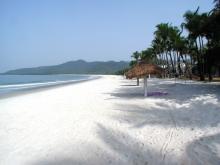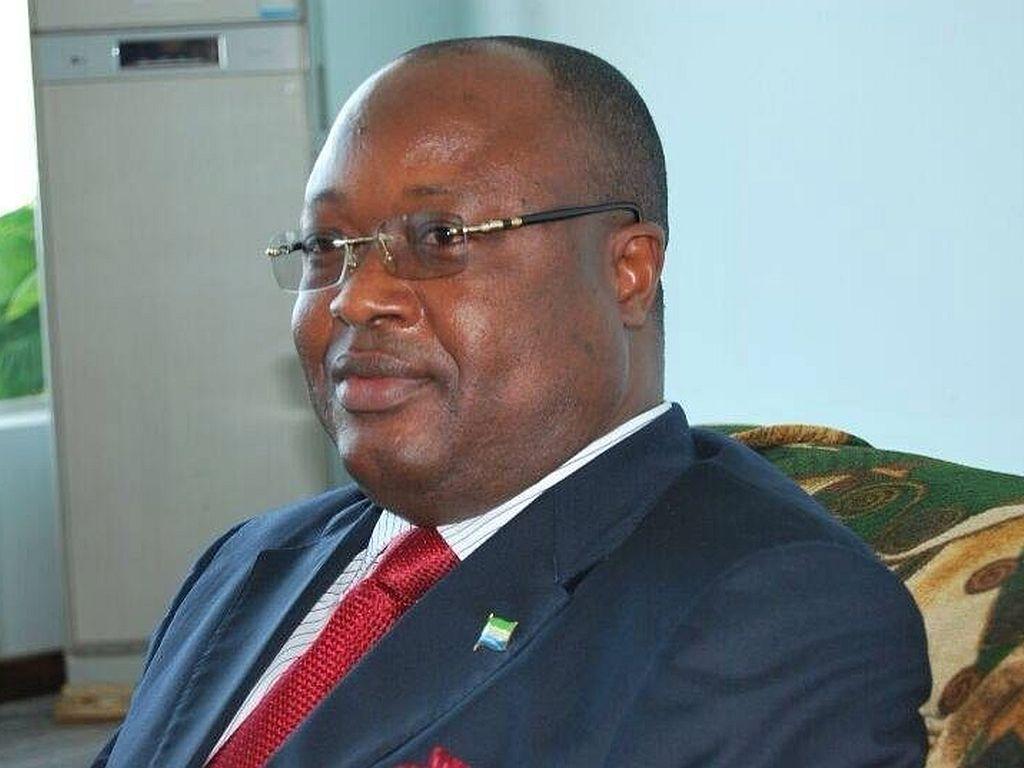By Tanu Jalloh
“When
the facts change, I change my opinion. What do you do Sir?” asks
John Maynard Keynes. The twentieth century British economist had many
revolutionary ideas, almost all of them were controversial, yet they
profoundly affected the theory and practice of modern
macroeconomics.
Thus
in the above quote he was concerned that markets are dynamic and
uncertain, which is to say we all have the ability to be wrong about
figures that often inform our estimates.
In
this piece I am trying to probe some of Sierra Leone’s economic
indicators based on the regularly released government statistics that
indicate the growth and health of the country, especially its
economy. For the purpose of clarity, economic indicators are largely
said to have influenced the value of any country's currency. They
include key statistics that show the direction of the economy; the
trade deficit, the gross national product (GNP), industrial
production, the unemployment rate, inflation rate, factory
utilisation rate and the business inventories.
Let
us attempt to use the available information to analyse the economic
behaviour of the country and perhaps predict the manner in which its
economy might act in the not too distant future. In the meantime
whatever estimates we make, in terms of economic indicators, should
seek to establish either of the two: (1) leading economic indicators,
which signal
future events
and might not always be right or (2) lagging indicators, which follow
an event.
As we explore statistics from government and other independent
evaluators in recent years, our focus is focused on how much we trust
those information to rate Sierra Leone’s economic performance.
Sierra
Leone’s economic freedom score is 49.1, making its economy the
152nd
freest in the 2012 Index, according to the heritage.org.
Ideally, this is supposed to be a compliment to a country whose
economy is grappling with a plethora of structural and policy mishaps
caused by recent years gone by. Ghana
with 60.7 and Burkina Faso with 60.6 are the last two in the first
top ten of the continent’s freest economies. The fact that Sierra
Leone could even be rated means it has prospects to surmount the
challenges and emerge from a low to a middle income level country in
the West African sub region.
While
the country tries to get there, its score of 0.5 point has been lower
than the previous year, indicating some serious declines in scores
largely due to the lack of control in government spending, which was
at record high 84.3, according to Economy
Watch.
Here is an official explanation for that: In a letter of intent dated
November 18, 2011 and addressed to the IMF in Washington DC, USA,
Sierra Leone’s Bank Governor, Sheku Sambadeen Sesay and Finance
Minister, Dr. Samura Kamara, admitted that “program implementation
was uneven in the second half of 2010. While domestic revenue
overshot projections by 0.3 percent of GDP, spending on
infrastructure projects, fuel subsidies, wages, and goods and
services led to higher–than-envisaged domestic financing. As a
result, the ceiling for net domestic bank credit to government was
exceeded…”
In
one of my first articles published this year I suggested that a
possible way out of this could include, but not limited to, a legal
requirement that would limit central bank’s credit to government. I
realised that the latest amendment to the Bank of Sierra Leone (BSL)
Act 2011 has been able to guarantee that executive restraint. This
could go a long way to enhance the independence of BSL and could
facilitate achievement of the monetary policy target the bank has set
itself.
Meanwhile,
business freedom and monetary freedom that more than offset small
gains in labor freedom and freedom from corruption have therefore
been affected adversely. Consequently, the country was ranked 34 out
of 46 countries in the Sub-Saharan Africa region, with an overall
score that fell far below the global average. These are mere
interpretations of what the statistics represent in figures and
insinuations.
When
contextualised, you would realise that the foundations of economic
freedom in Sierra Leone remain severely hampered by structural and
institutional problems; with the rule of law weak across the country,
nearly nonexistent property rights and corruption continue to weigh
heavily on private-sector development. Like I said in my first few
explanations above, whatever estimates we make, in terms of economic
indicators, should seek to establish either of the two: leading
economic indicators or lagging indicators. So, where are we?
All
is not that desperate. Back to the economic indicators, Sierra Leone
has invested a lot in improving its legal and physical infrastructure
as evident in the BSL Act 2011. The central bank could issue revised
prudential guidelines in line with the amended Banking Act to enhance
compliance with the Basel Core Principles (structural benchmark for
end-September 2012). The said amendment to the BSL Act, which was
submitted to parliament in November 2011, sets a limit on the annual
flow of direct credit to government (loans and advances). It requires
that such direct credit be repaid within 93 days from the end of the
financial year.
The
country has taken steps to improve tax administration and public debt
management. That was apparently inspired by the fact that real GDP
growth reached 5 percent in 2010, compared to 3.2 percent in 2009,
reflecting growth in mining, manufacturing and construction. A
downside to this effort was the fact that around this same period
consumer price inflation rose 7 percentage points in early 2010 on
account of what the government described as several one-off factors:
the introduction of a goods and services tax (GST), spillover from
the Leone depreciation in late 2009, and higher fuel prices. For the
year as a whole, 12-month inflation reached 18.4 percent compared to
16 percent envisaged under the program (Extended Credit Facility,
ECF), which was partially driven by expansionary monetary policy in
the second half of the year.
You
might want to know that by their own admission, the government faced
several policy challenges coming into 2011, according to a Memorandum
of Economic and Financial Policies it submitted to the IMF in late
2011. First, interest cost exceeded budget allocations. Second, other
unbudgeted expenditure demands emerged, including from an increase in
fuel subsidies to cushion the impact of rising international oil
prices, higher cost to complete the Bumbuna power station, plus
additional compensation to teachers. Third, the monetary expansion in
late 2010, combined with increasing food and fuel prices, made it
increasingly difficult to bring inflation down to single digits in
2011, as envisaged under the ECF program. Annual inflation was 17
percent in September 2011 but by November it reached 18.4 percent,
according to IMF.
However,
the tangibles, in terms of developments that are used to explain
growth, are there for all to see. Domestically financed capital
expenditures exceeded the budget by 1.7 percent of GDP due to the
acceleration of infrastructure as evident in the single largest road
project around the country. Therefore, as you would expect, the wage
bill also increased by 0.3 percent of GDP due to additional hiring in
the health sector as in the free healthcare for lactating mothers,
children under the age of five and pregnant women. In addition, there
was supplementary compensation for teachers, in time, to mitigate a
situation that was already turning into a frost on the social service
delivery feat.
As
I round up, let me welcome you back to the goal of this peroration of
a piece: trying to probe some of Sierra Leone’s economic
indicators based on the regularly released government statistics that
indicate the growth and health of the country, especially its
economy. From the above discoveries, you would realise that in
between predicting leading economic indicators, which signal
future events
but might not always be right; or lagging indicators, which merely
follow
the events,
are difficulties of information flow and available data or
statistics. So how much do we trust those information to rate Sierra
Leone’s economic performance?
You
make your own judgment!








